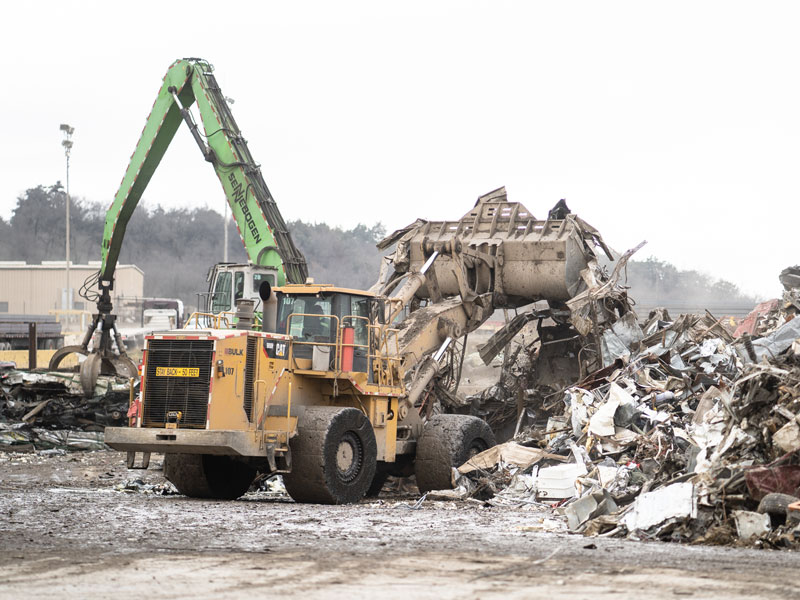Scrap + Recycling
Sustaining America’s Resources
The most recycled material in the United States is scrap made from iron and steel, also known as ferrous scrap. This ferrous scrap can come from a variety of consumer and industrial products, including automobiles, household appliances, railroad tracks, and farming equipment. Recycling this scrap and other materials is an essential link in the manufacturing supply chain, and it’s imperative that the machines used in the recycling process run seamlessly. Through renting and maintaining our specialized assets, Bulk is proud to do our part in helping to keep these scrapyards running so they can continue to help keep our economy stable and environment protected.
Check out some of the machines behind America’s critical recycling process:
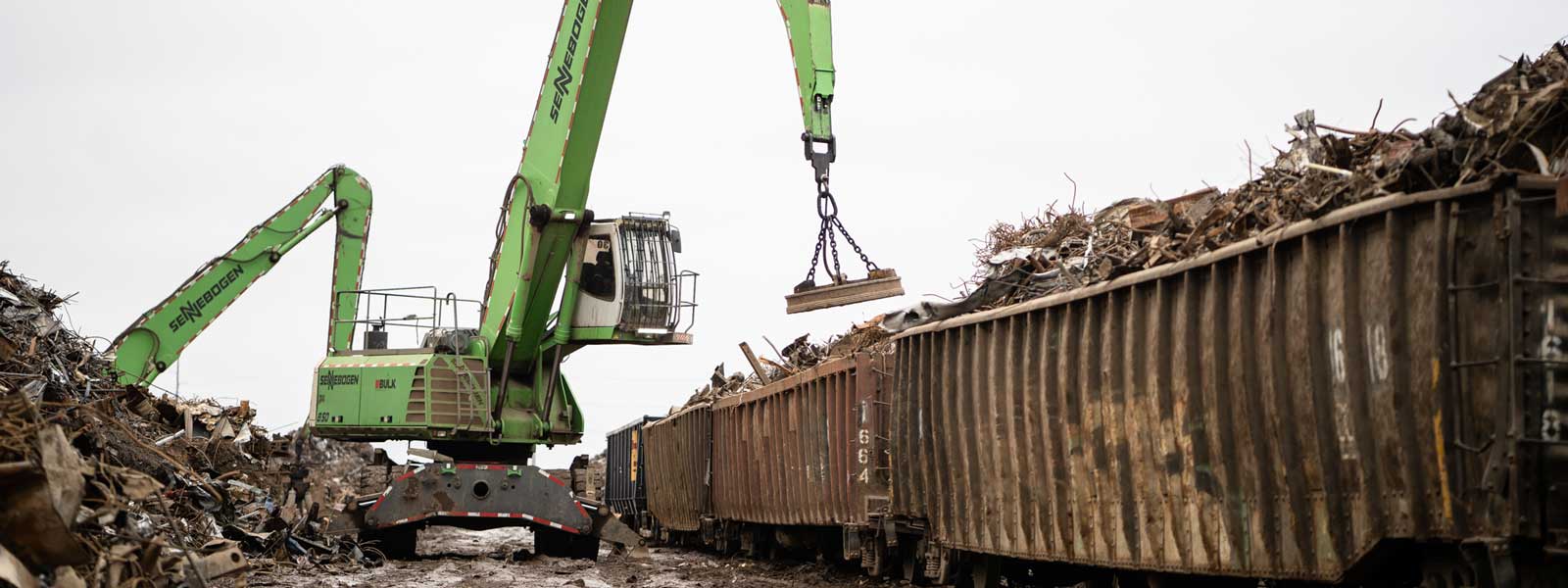
Material handlers are engineered to allow the end-user the ability to utilize an array of attachments such as magnets, grapples, clam shells, and mobile shears. These are used to handle raw materials as well as semi-finished and finished goods in ways never thought possible. In the steel mill application, these machines handle everything from scrap steel to slabs and coils to briquettes and alloys. It’s done with speed and volume that allows operators to keep up with the demands of the steel making operations.
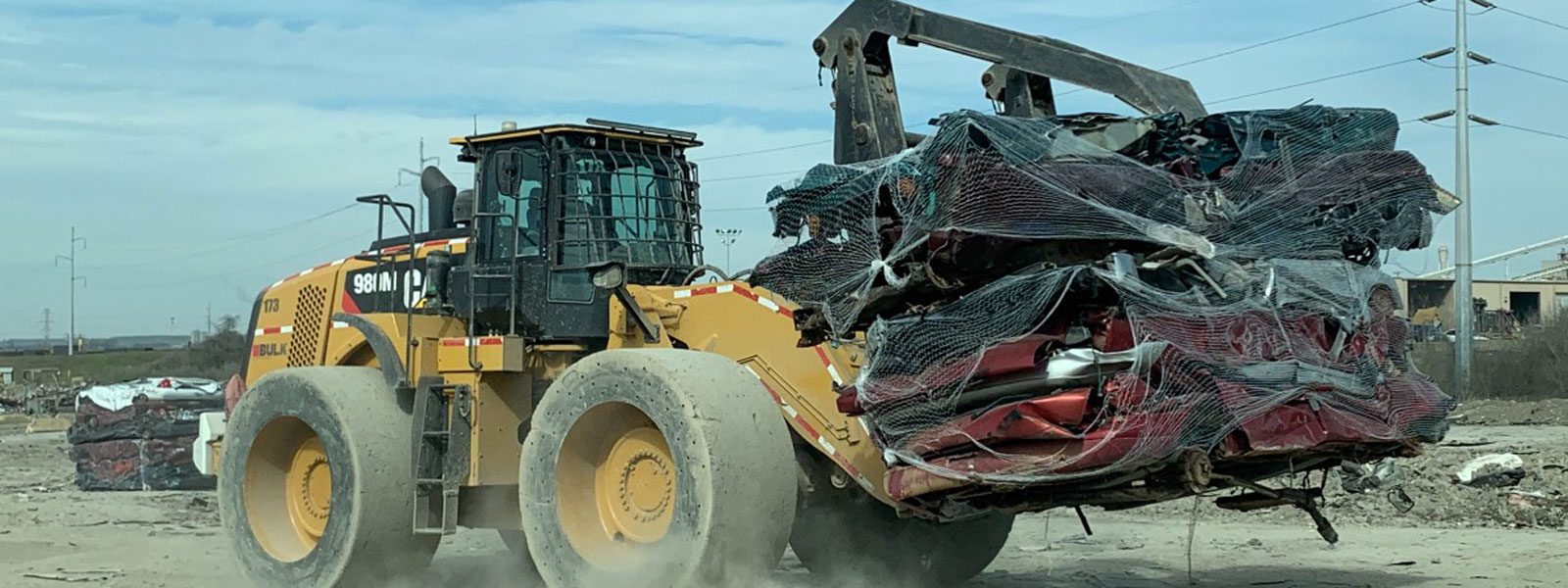
A Car Body Loader is a Wheel Loader modified to perform a specific task. In this case, the Loader has been reworked to accommodate moving stacks of smashed or flattened cars from trailers to storage, and finally to the shredder in the scrapyard. The Car Body Loader is equipped with a large fork attachment and can hydraulically clamp and secure the load from the top. This machine is also equipped with solid tires and special guarding to protect it from running over sharp objects.
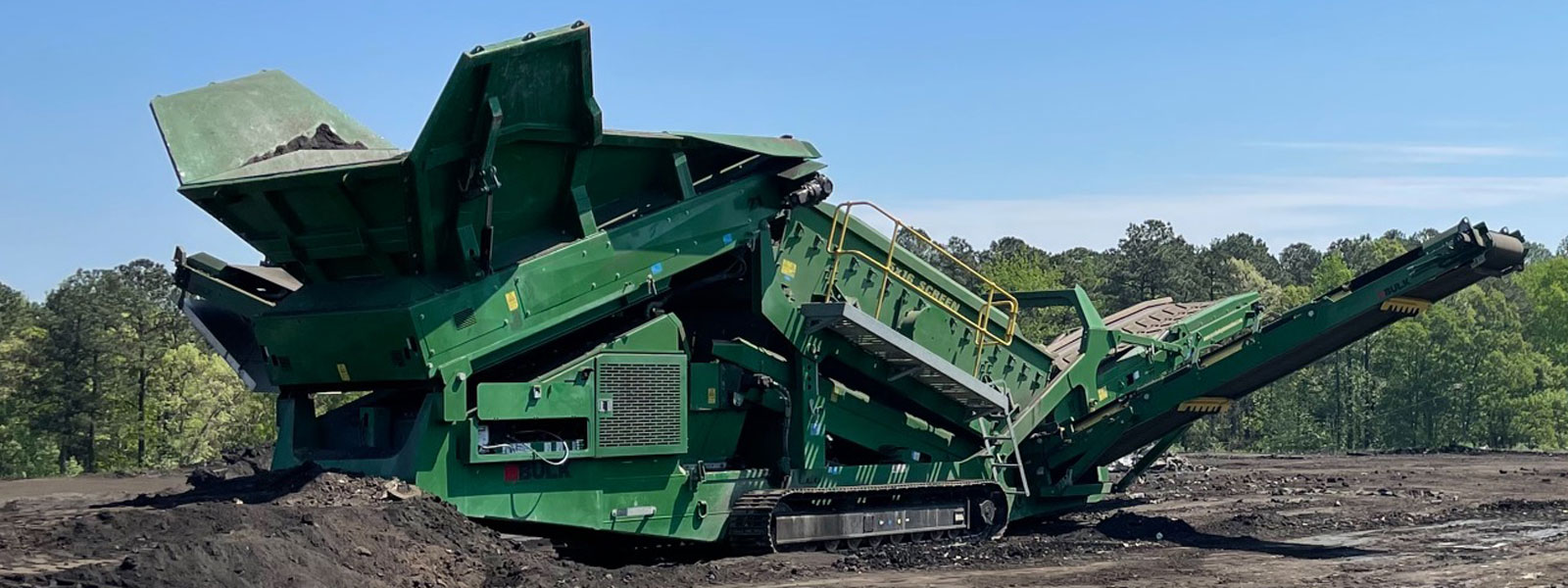
A Mobile Screening Plant is used for material processing and has a wide arrangement of size options to fit any application. It can be mobilized to set up your operation anywhere and provides flexibility and efficiency for reclaiming materials.
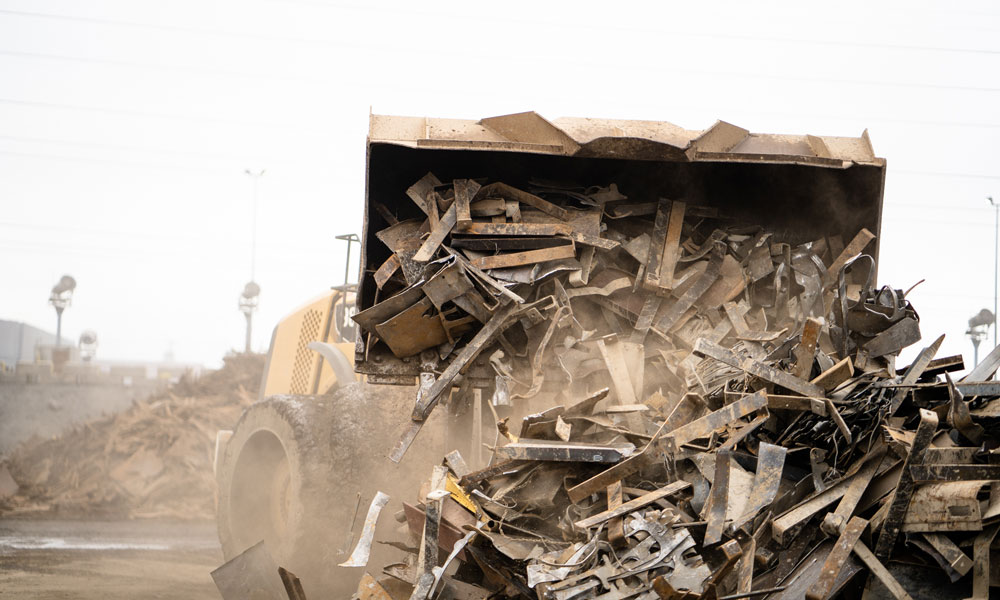
Where We Work
If an operation involves moving recycled scrap and material with heavy equipment, we’re there to help keep them moving 24/7. We serve any of the following:
- Scrap Handling
- Scrap Hauling
- Recycling and Material Processing Plants
Scrap and Recycling
Equipment
Thanks to our engineering, design, and fabrication abilities we can customize equipment for any scrap and recycling application.
